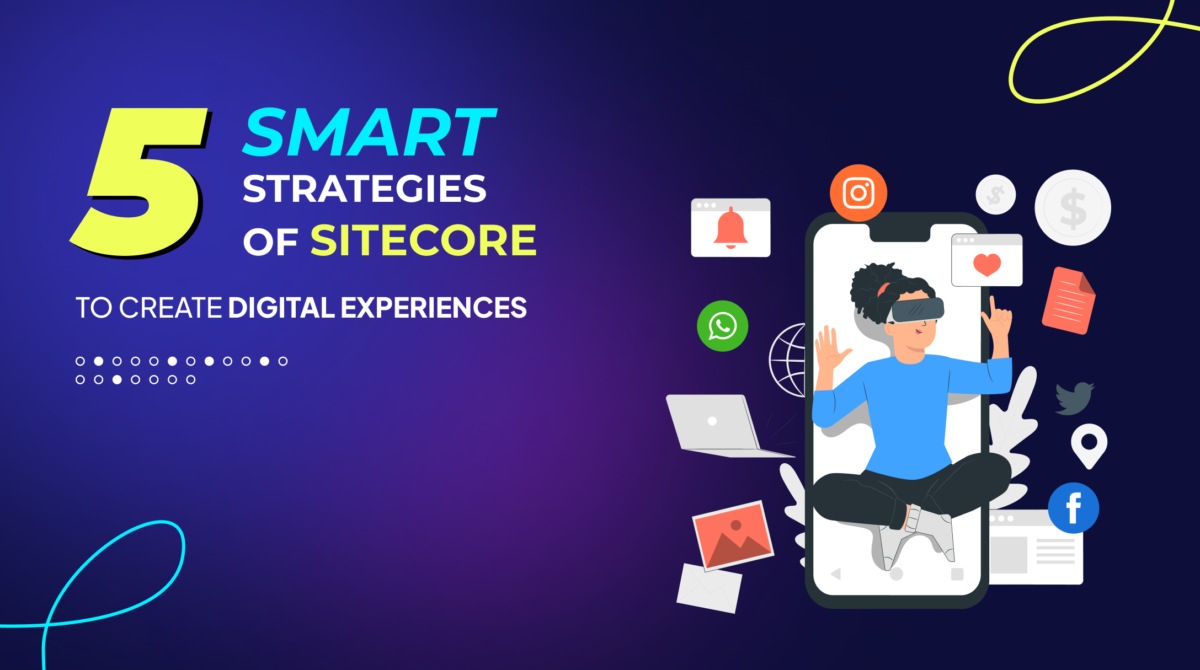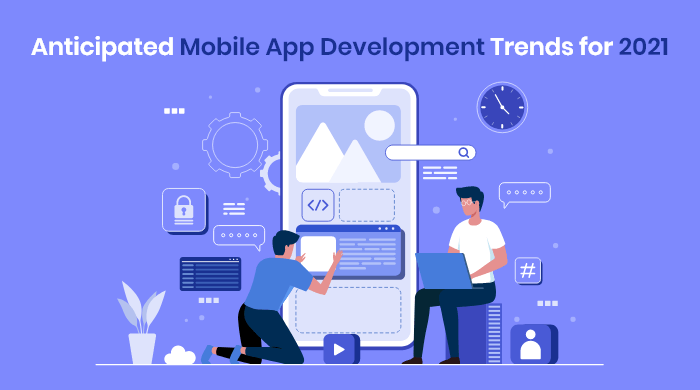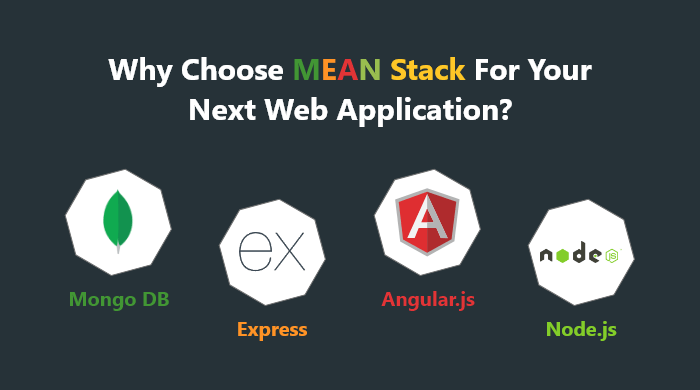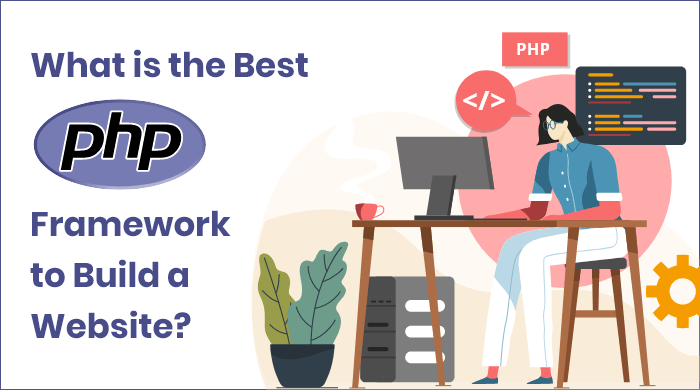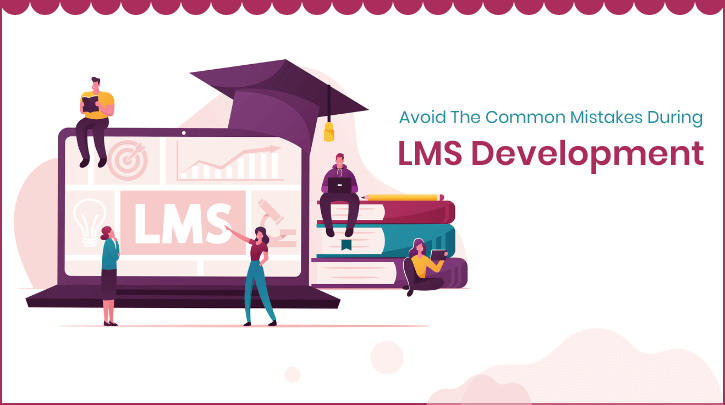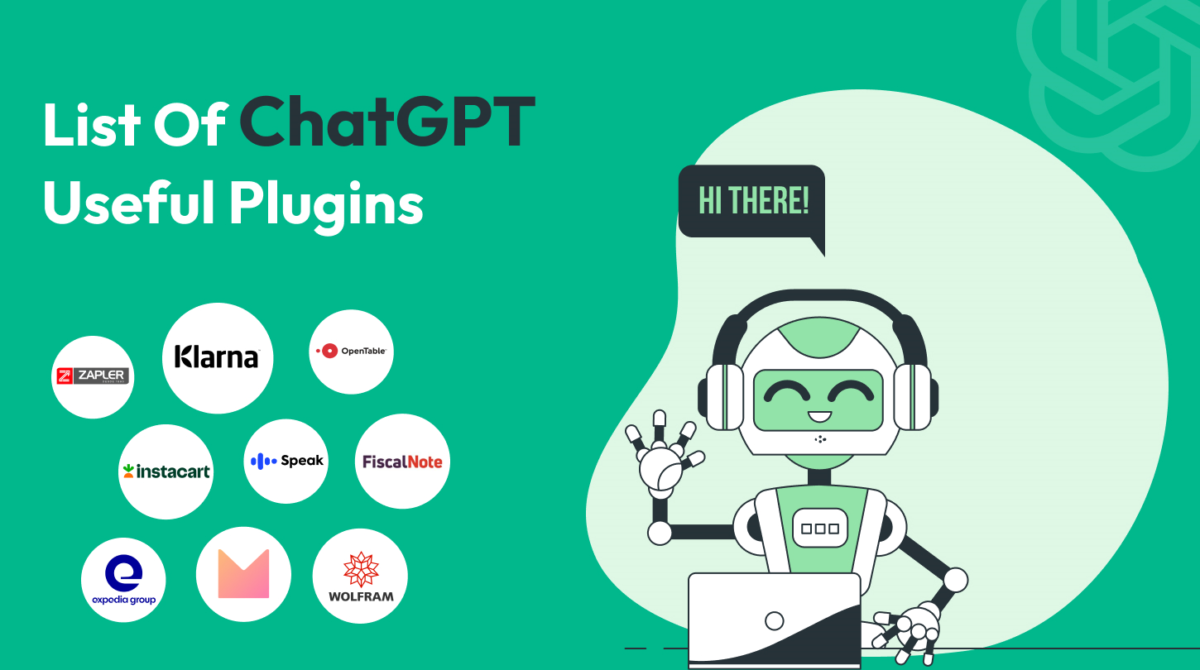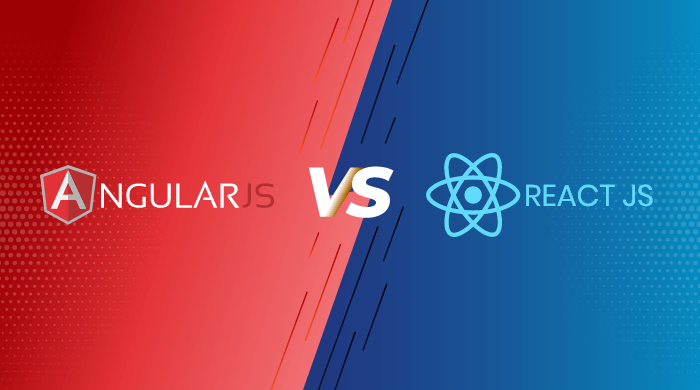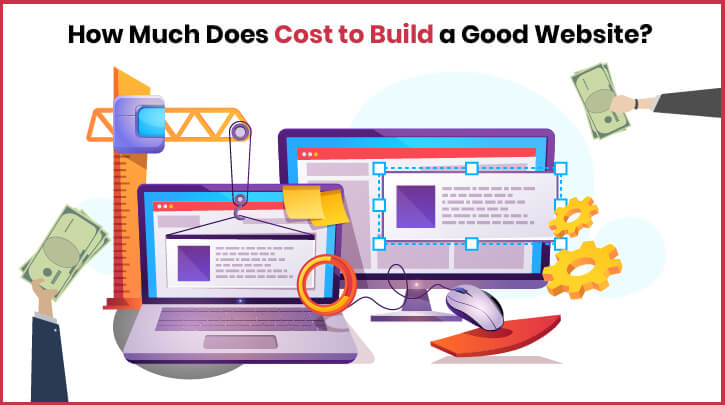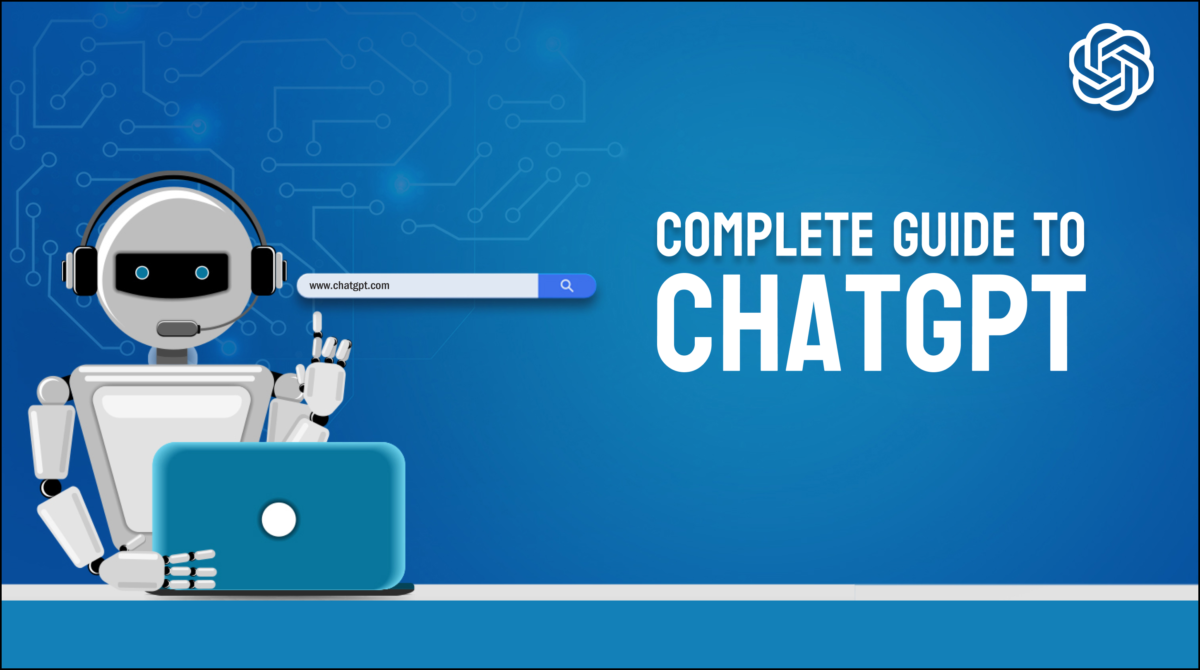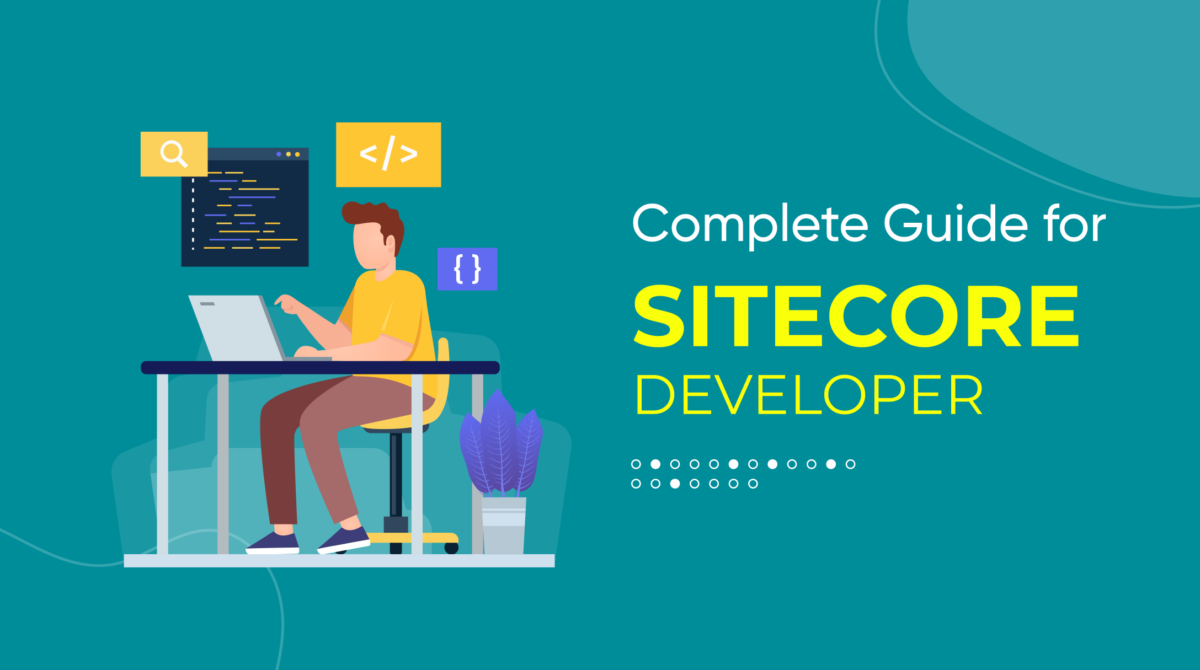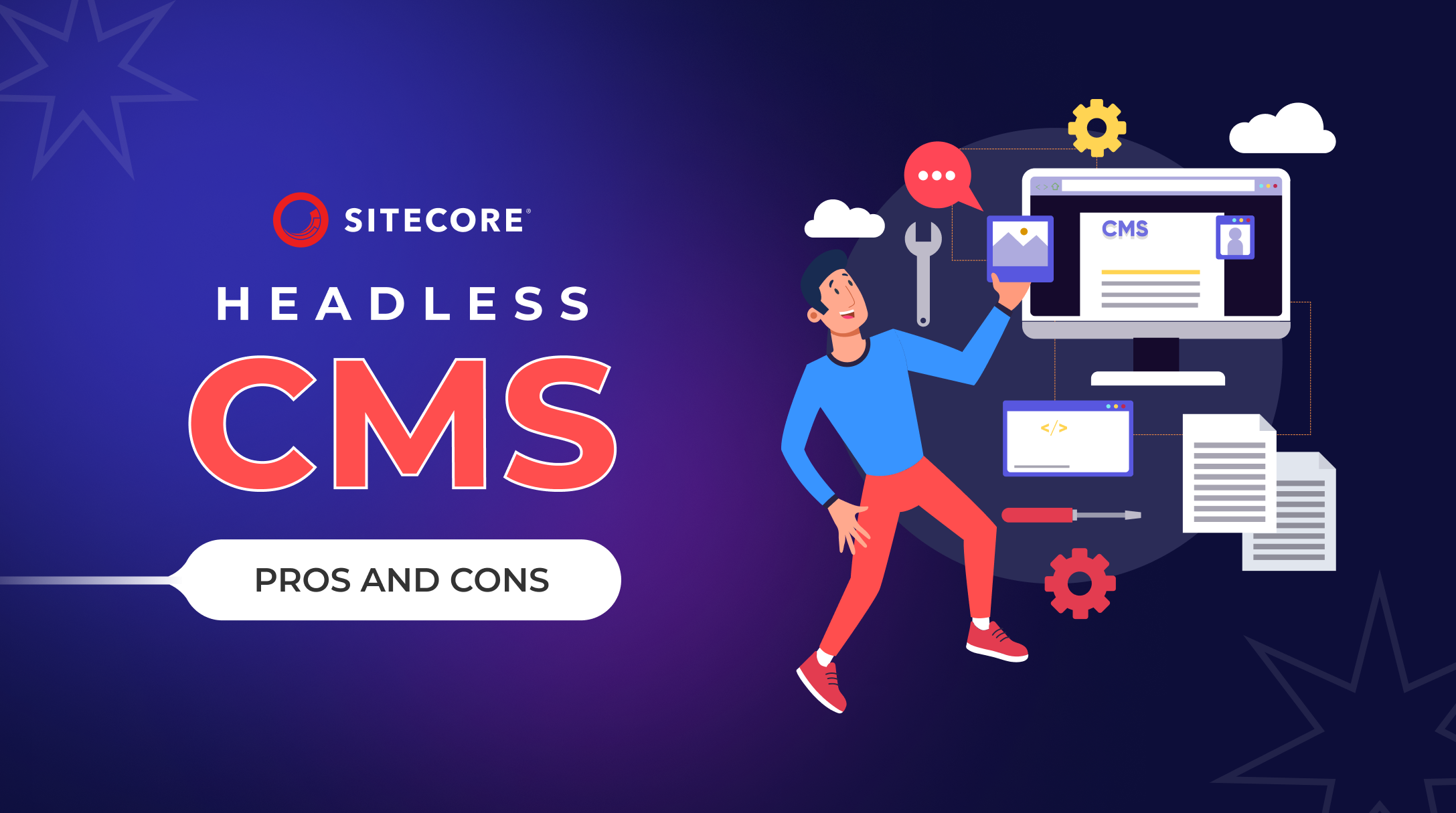
Sitecore “Headless CMS” – Pros & Cons
When you think about web development and content delivery to reach your target audience, there are different options available to build a website. You can utilize a trusted website builder like Shopify and a powerful CMS like WordPress that follows CMS route.
But, have you ever thought about what option to prefer to deliver content beyond websites? These traditional CMS solutions offer limited flexibility, which makes it typical to scale up and produce desired results . What option to prefer for flexibility and scalability? Any solution available in the market for this? Yes, ‘Sitecore – ‘Headless CMS’ is the best solution available”.
Sitecore – Headless CMS
Sitecore Headless CMS refers to the headless content management system offered by Sitecore. Sitecore Headless CMS is a digital experience platform designed to provide content to several channels and front-end applications without uttering about content presentation. This segregation of content creation and content presentation on channels provide more agility and flexibility in delivering content to different platforms, devices and channels.
The headless CMS approach of Sitecore enables content developers and marketers to organize content within the Sitecore interface, while app developers can use API to fetch and show content in front-end applications. This platform stores content like small objects or modules and the layout engine places these modules in a presentation format. This clears that a mobile app developer can use API to call these content objects and use them again in mobile applications while developing mobile apps. And, when a marketing specialist updates web content online in Sitecore, these changes get propagated automatically across any channels where contents are reused.

Pros of Sitecore Headless CMS-
There are plenty of benefits of using Sitecore Headless CMS. We have curated the top of them below. Have a look-
1) Flexibility & Omnichannel Experience is Possible:
The headless CMS architecture provides omnichannel support for your target audience which enables content delivery on various channels including mobile apps and smartwatches. This gives full flexibility to deliver content on a new layer and shift from the traditional approach to strategies that help gain customer satisfaction. Using APIs and modern frontend technologies, marketers can tailor and optimize content for each channel’s specific requirements.
2) You Can Reuse Content:
Using headless CMS, a content developer needs to create content once and then marketer can use this content on different platforms. The biggest benefit of doing so is reduced redundancy and improved consistency. Content creator needs to work on content once and then this content can be used across various channels. This will not only save resources required in unique content creation but also it will save time and efforts of organizations. When you need to update content, this can be made in one central location and the changes will be reflected automatically to all the connected frontend applications. This simplifies maintenance and enhances the agility of content delivery.
If you want to maintain a unified brand recognition, then reusable content from Sitecore is quite valuable.
3) Give Freedom to Use Front-End Technologies:
Sitecore headless approach gives free hand to developers to work on the most recent front-end technologies, libraries and frameworks for developing dynamic user interfaces. By separating the content management backend from the frontend, web developers are allowed to develop engaging interfaces without being constrained by the limitations of Sitecore’s native rendering engine. This flexibility helps web development team to stay updated with the IT trends, leverage top innovation, and drive growth by delivering content across multiple touch points.
4) Enhanced Performance:
Decoupling the content management from the presentation layer helps decreasing load time of the webpage and thus, improving the overall performance. Web developers can optimize or rewrite front-end code without focusing on the complexities that might arise on the backend system.
5) Personalization & Analytics:
Sitecore’s headless CMS can easily integrate with Sitecore’s Experience Platform (XP) to utilize its powerful personalization and analytics features and thus, create customized user experiences. It comes with a pack of personalization features that help marketers to dynamically customize content and interact with users based on user behavior, preferences, and demographics. This in turn improves user engagement, customer satisfaction and conversion rates.
In addition to this, Sitecore supports certain advanced analytics tools that assist businesses in gathering in-depth insights into user interactions, preferences, and engagement patterns. This data-driven approach eases decision making and refining content marketing strategies.

Cons of Sitecore Headless CMS
There are some pitfalls of using Sitecore Headless CMS. Have a look-
1) Complexity:
Sitecore Headless CMS has no variety of templates to choose from. You as a web developer need to design your own template and structure it. Integrating Sitecore’s headless CMS with existing systems, third-party services, or custom applications can also be complex and time-consuming. Moreover, the setup and maintenance of Sitecore headless CMS products are more complex than traditional CMS.
2) Expert Assistance & Technical Overhead:
Dedicated developers should be aware of multiple codebases in front-end technology to use Sitecore Headless CMS. Also, you need to consider technical aspects such as hosting, API management, server handling and performance optimization which is not only tiresome but resource intensive.
Read Also: How to hire dedicated developers in 2023
3) Too Many Integration Challenges:
Integrating Sitecore’s headless mode with existing systems, third-party services, or custom applications can sometimes be challenging and time-consuming. Existing systems and third-party services might have different data formats and protocols, necessitating custom integration layers. Maintaining data consistency, handling real-time updates, and ensuring optimal performance across diverse channels can be complex. Moreover, as both backend and frontend evolve independently, maintaining compatibility during updates can be challenging.
4) License Costs:
Businesses need to know the pricing structure of Sitecore Headless CMS before adopting the solution. It’s a premium content management system and its headless mode is no exception. The licensing model and associated costs can vary based on factors like the scale of implementation, the number of users and the desired features. While the benefits of Sitecore’s headless CMS are substantial, the licensing costs can be a significant consideration for small businesses or startups with budget constraints.
The bottom line is, using headless CMS methodology, small and big businesses can create wonders and maintain a good brand value across multiple touch points including IoT devices, digital platforms, mobile apps and a lot more. Headless CMS is a digital system bringing more personalized and contextual experience with your professional brand, which enables fruitful terms with your potential customers and gives high flies to your brand online.

If you are looking for Sitecore services or need expert guidance, feel free to contact us. We are experts in development using Sitecore Headless CMS digital platform along with standard ones like Magento development and Woocommerce development.

